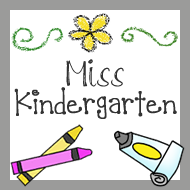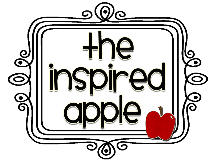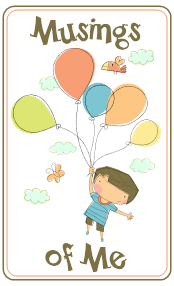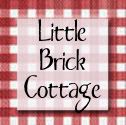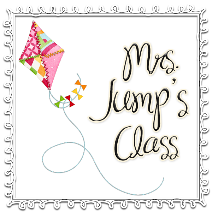During November as we learn about Native Americans, especially the Wampanoags, I like to stress how important they were to the survival of the Pilgrims after that first awful winter-another important lesson on working together to build a community. It was the Wampanoags that introduced corn to the Pilgrims and taught them to best way to plant it. The Three Sisters are what the Iroquois called corn, beans and squash because they grew well together in a small space. Another lesson about how most things work better when they work together.
 |
| I put corn, a small pumpkin and beans in the Science Tub for the kids to see, touch, listen to and smell. I want them to engage all five senses but I'm not ready for them to taste yet! |
 |
| In small groups, they have a chance to observe the Three Sisters and record their observations in their Science Journal. I was able to fit this in to my reading block by putting these items in a literacy center. |
 |
| They are using magnifying glasses (Dollar Tree) and color word cards to help record their observations. |
 |
| I wrote "I observe..." on the board. They know that ... means finish. this. sentence. |
 |
| Science Journal entry. |
 |
I observe a pumpkin with stripes.
I observe a bean.
I observe corn.
"I observe" is copied from the board, the rest of the sentence is sounded out. I just look for a beginning, middle and ending sound. This child worked independently but of course, many still need help with this process. |
 |
| Another day we made our own lifesize version of the Three Sisters. We rolled green butcher paper for a corn stalk. |
 |
| We practiced teamwork and waiting for our turn. |
 |
| We made a beanstalk by twisting together pipe cleaners and then glued beans onto the stalk. |
 |
| We rolled yellow construction paper to make the corn and just stuffed it into the top of the stalk. |
 |
| Next, we rolled orange paper to make the pumpkins and tore the edges of green paper to make their leaves. We will include this in our hall display. I will have a photo of the finished project tomorrow! |
 |
| The next day, we made our Three Sisters page for our Thanksgiving Book. |
 |
| We use a die cut for Squanto, orange pompoms for the pumpkin, beans and kernels of corn. We make sure that we color a fish in the soil since this was an important lesson the Pilgrims learned from their new friends. |
 |
| Lots of glue and concentration. They work very had to follow directions for this activity. It is a step by step process that requires careful listening. |
 |
| We label the Three Sisters and include a script. |
The last part of this lesson will include a taste test of the Three Sisters. I will make bean soup, cornbread and bring in a pumpkin pie. It is important to include all five senses in almost any study for the lesson to truly stick and stay in the five year old mind!

























































































